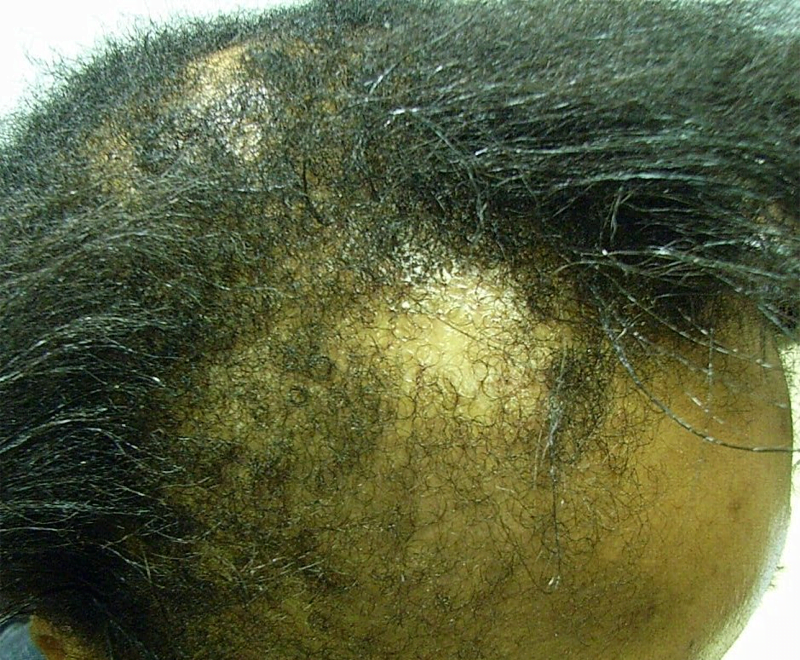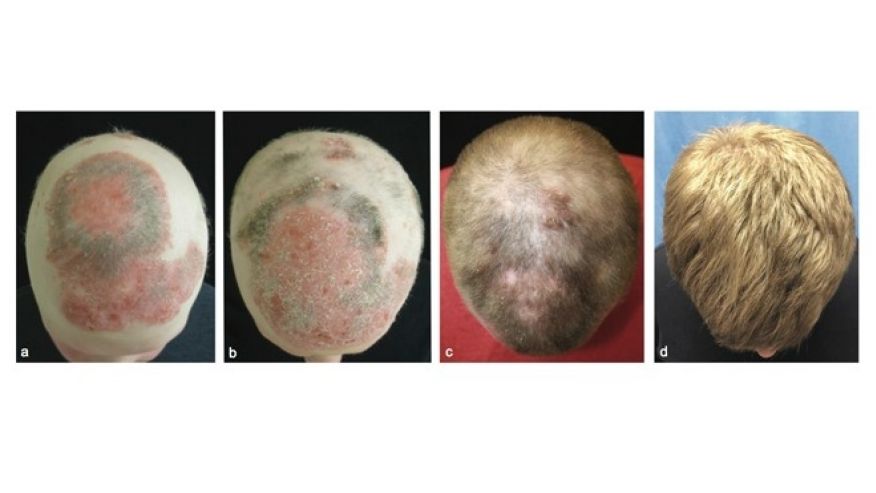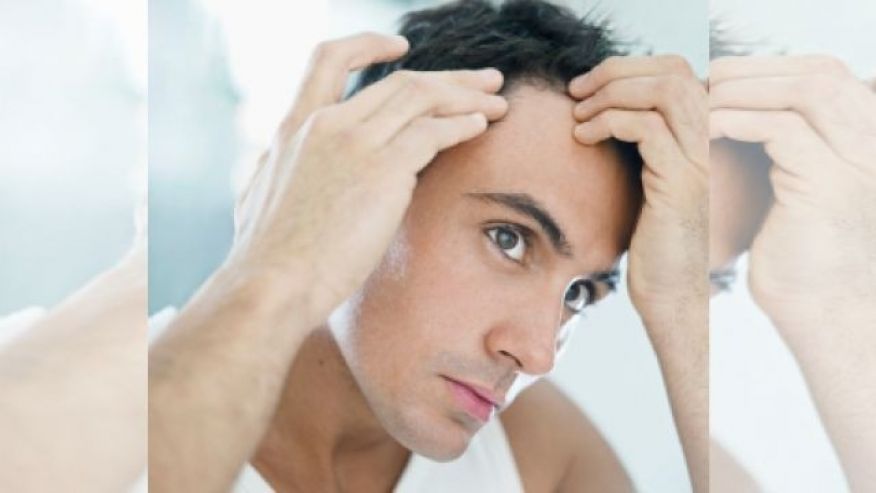It’s not a hair-brained idea: A new research report appearing in the April 2014 issue of The FASEB Journal explains why people with a rare balding condition called “atrichia with papular lesions” lose their hair, and it identifies a strategy for reversing this hair loss. Specifically the report shows for the first time that the “human hairless gene” imparts an essential role in hair biology by regulating a subset of other hair genes. This newly discovered molecular function likely explains why mutations in the hairless gene contribute to the pathogenesis of atrichia with papular lesions. In addition, this gene also has also been shown to function as a tumor suppressor gene in the skin, raising hope for developing new approaches in the treatment of skin disorders and/or some cancers.
“Identification of hairless as a histone demethylase may shed new insights into its mechanism of action in regulating skin and hair disorders,” said Angela M. Christiano, Ph.D., FACMG, a researcher involved in the work from the Departments of Dermatology and Genetics and Development at the Columbia University College of Physicians and Surgeons in New York, NY. “The genes identified in this study could open up new opportunities for developing mechanism-driven approaches for future prevention or treatment of skin diseases including skin cancer and rare forms of hair loss.”
To make their discovery, Christiano and colleagues defined the histone demethylase function of the human hairless gene, both in vitro and using cultured human cells. When the hairless protein was mixed with specific histone substrates under defined reaction conditions, the hairless protein causes a reduction in the level of methylation modification of the histone substrates. Similarly, upon expression of normal hairless protein, but not a mutant form of the hairless protein, researchers observed a drastic loss of histone methylation in human cells. This suggests that this may be the “on/off” switch for hair growth as well as a promising target for some types of skin disease.
“Humans have tried everything to keep their hair, from snake oils to spray-on bald spot solutions,” said Gerald Weissmann, M.D., Editor-in-Chief of The FASEB Journal. “Now, however, we are finally getting to the root of the problem to manipulate one of the switches that control hair growth.”
[Source:- Science Daily]

















